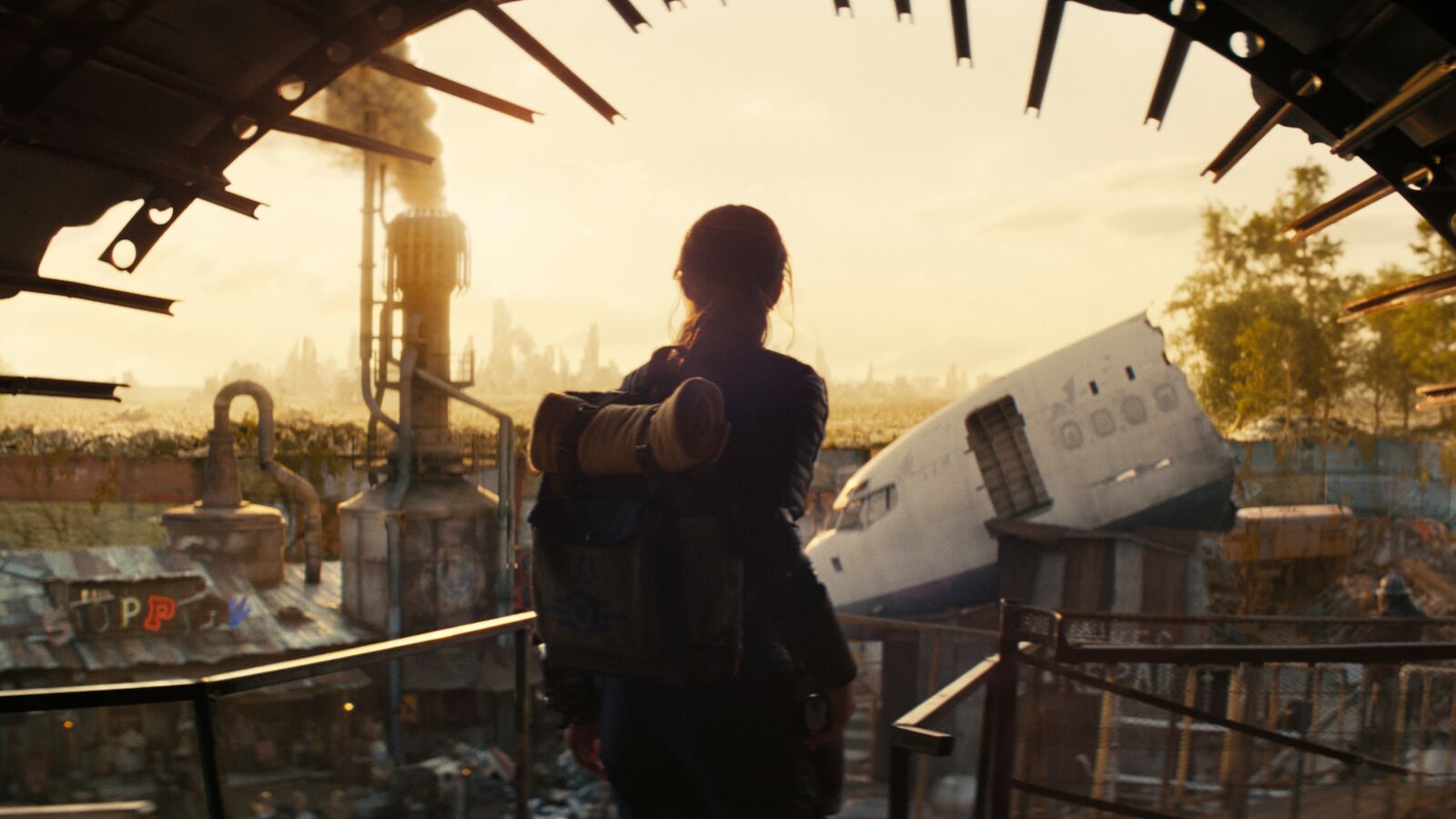The Digital Archive of the Future: What Will Be Involved?
Part of a day-long symposium on the vital and complex subject of archiving and preserving data for the entertainment industry, Monday's opening sessions began with a challenging keynote from Daniel Teruggi that addressed the topic with a sweeping perspective.

Teruggi, the director of France's INA (Institut National de l'Audiovisuel), is also coordinator of the FP6 European project PrestoSpace, an initiative to develop technology for digital preservation, and the FP7 European project PrestoPRIME, dedicated to the long-term preservation of digital audiovisual content. He is a member of the Europeana project and Foundation and general secretary of the International Federation of Audiovisual Archives (FIAT/IFTA).
Teruggi placed preservation of data in an historical context, starting out with the oral transmission of songs and stories, leading to the mechanical creation of instruments and early forms of musical notation to recording, starting in the 19th century and electroacoustic composition starting in the mid-20th century.
His point—one that was key to the symposium—was that preserving creative content, such as a piece of music, is about more than storing something away. "The general problem is not to conserve," he said. "It is to be capable, after any period of time, to perform the piece of music again."
There are preserved instruments from ancient Greece, along with examples of scores, Teruggi said, "but nobody can play them. The weak point is the 'encoding system.' We don't know how to read the music. Preservation of the music must be oriented towards restitution."
He concluded that those interested in preserving any kind of audio and/or visual content must focus on ensuring that in this changing technological landscape, we take steps to guarantee that today's data remains intelligible in the future. Teruggi stressed that as the encoding technology gets increasingly complex, it becomes imperative to develop processes for archiving digital objects that includes contents, documentation and relations with other objects. And he speculates that perhaps digital objects could, at some point, be responsible for their own preservation and migration to future formats.
After the conclusion of this theoretical, historical and thought-provoking look at preservation, Hewlett Packard's Steve Wong, director of business development, Media & Entertainment, led a discussion with Mike Acton, engineering director at Insomniac Games and Eric Kaltman, project manager, IMLS-funded Game and Metadata Citation Project, about how these concepts impact the gaming industry today.
The gaming world arguably presents more complexity than any other entertainment arena when it comes to preservation and restoration. Games are designed for specific platforms that change and evolve quickly. The specific capabilities of the game are designed at the coding level to make the most of a particular platform. The enormous quantity of audio and visual assets is built using contemporary state-of-the-art toolsets that will soon be obsolete.
"Any game has millions of source files," said Acton, noting the challenges involved in preservation. "There are textures, animations, all of that, and it is all created on third-party applications—[Adobe] Flash, Illustrator, Photoshop. If we go back more than five years, do the tools exist? Is there anybody who is still proficient on them? Is there metadata about how to use them? And if so, how do you stitch that all together? [Games] are encoded in some form, but even how that is done varies by the studio."
In Acton's world, anything more than five years old is long term, and attempting to preserve a game "long term" adds orders of magnitude to the difficulty. "If someone is trying to [restore] assets from 10 years ago," he admitted, "they're dealing with versions of software like [Microsoft] Windows and [Autodesk] Maya that the costs become very high."
A question from the audience asked whether the motion picture and television industries, as they face similar challenges, could find a way to team up with the gaming world to work on creating a set of standards that might at least make some of the issues described above more manageable going forward.
Acton responded that such ideas have been discussed, but it has so far been difficult for the interested parties to agree on what precisely the standards would achieve: What would a "translation" for tomorrow's platform of a game built today look like? How would the user interact with it? And it's not easy to come up with specs for a standard without some consensus about those types of larger questions.
Closing the session on a hopeful note, Wong said: "We in gaming might need to take a step in that direction."
The professional video industry's #1 source for news, trends and product and tech information. Sign up below.
